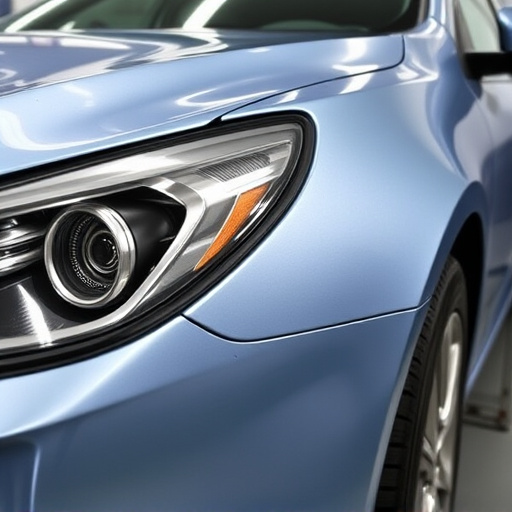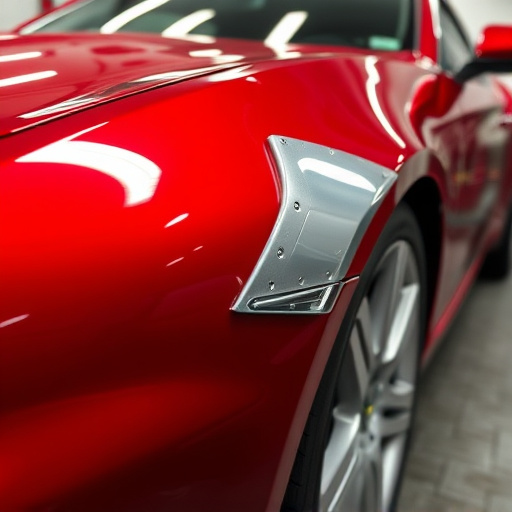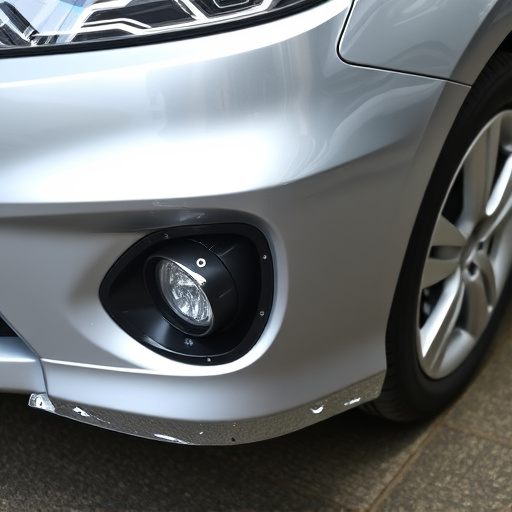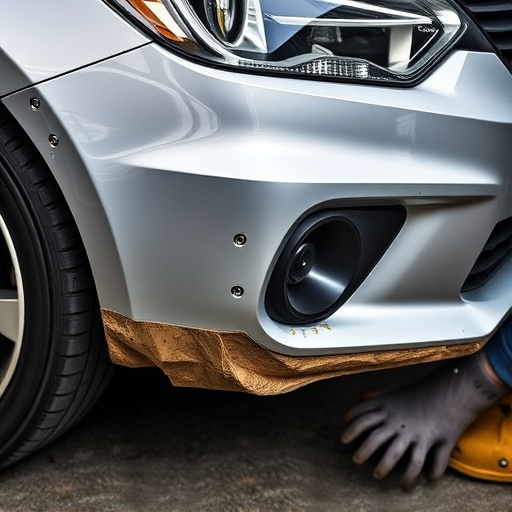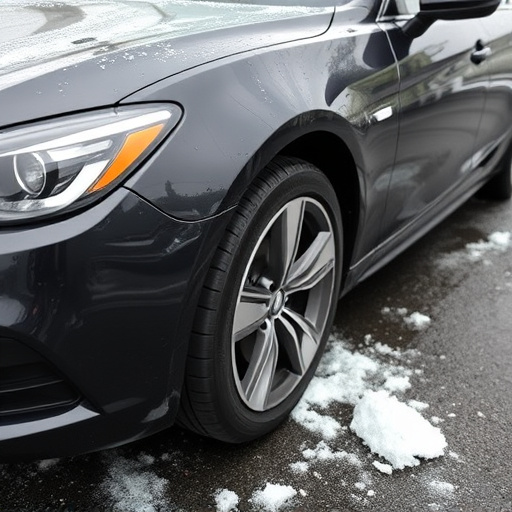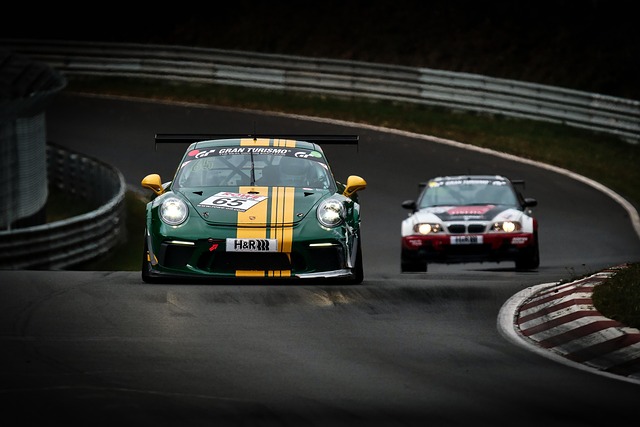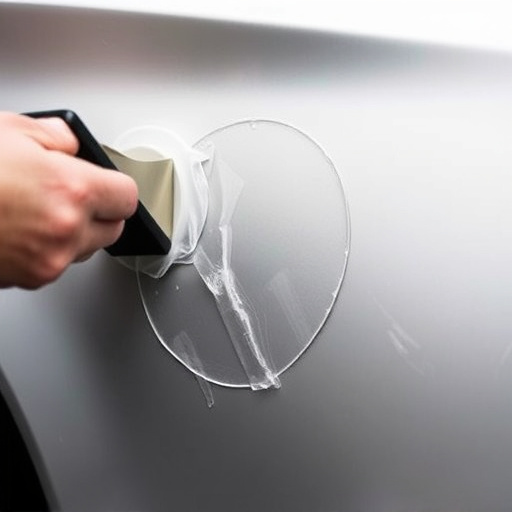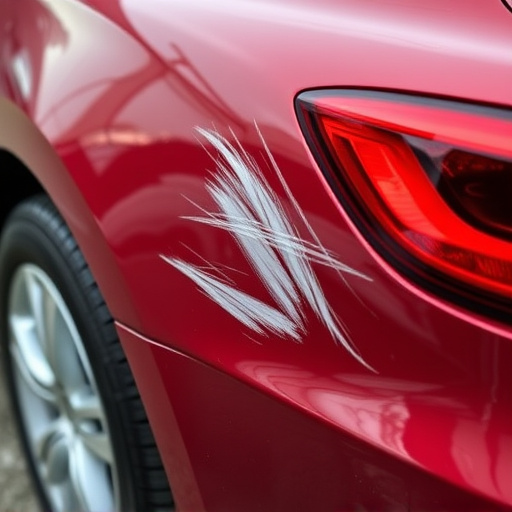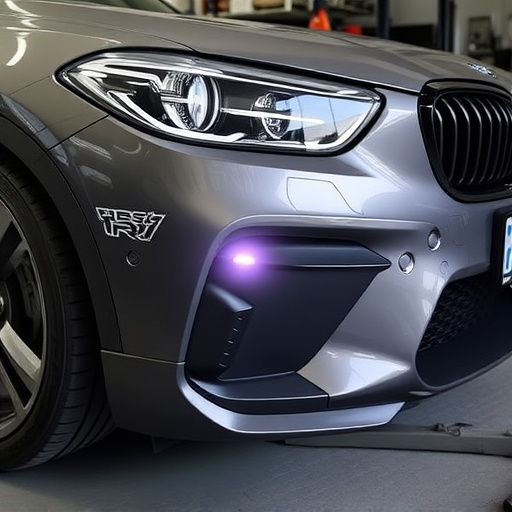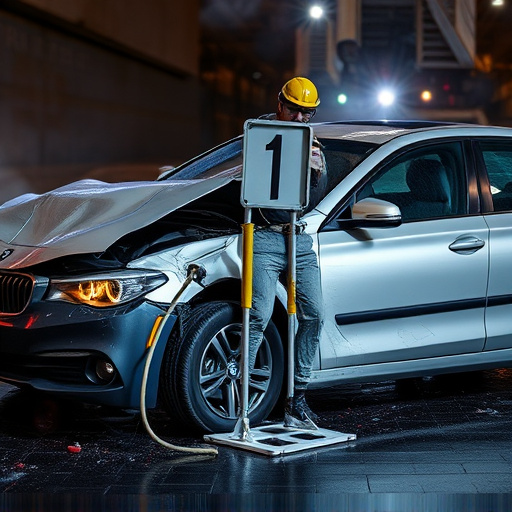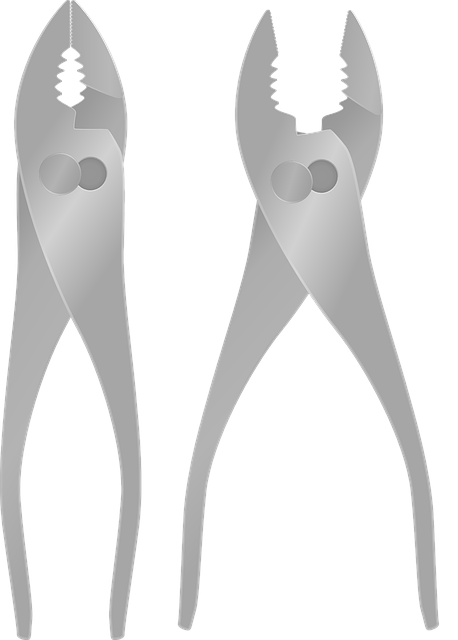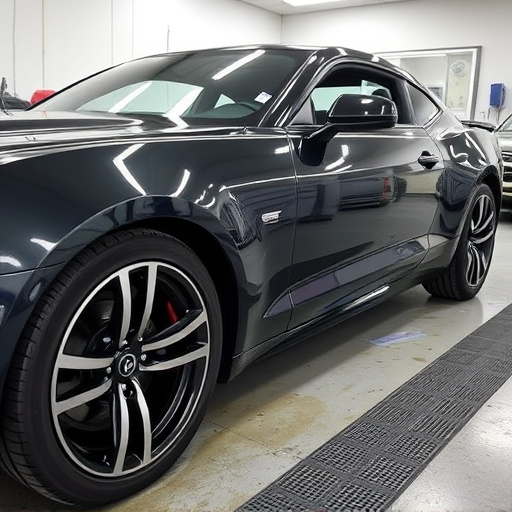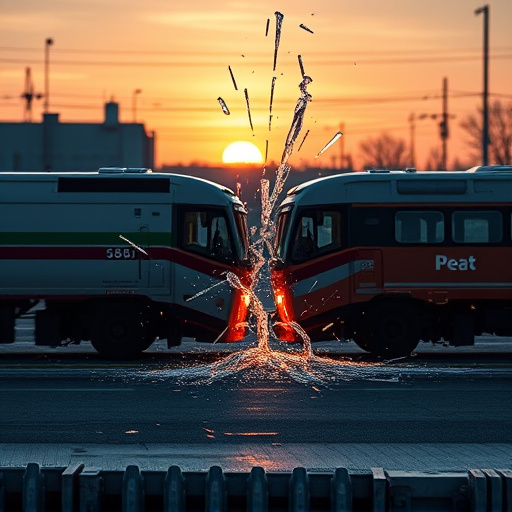Paint Finish Restoration: Revitalizing Your Vehicle's Exterior
Paint finish restoration goes beyond regular car polishing by repairing and rejuvenating a vehicle's exterior paint, addressing scratches, swirls, and oxidation. Unlike polishing, which enhances the current finish, restoration transforms the car's appearance to its original factory state, fixing structural issues like dents or cracks and increasing value. The choice between restoration and polishing depends on your vehicle's condition: restoration for extensive damage or a makeover, and polishing for light wear and tear. Restoration is more intensive and costly, while polishing offers a quicker solution for maintaining exterior appeal.
“Unsure whether to restore your car’s paint finish or simply polish it? This guide breaks down the nuances of these two processes. Paint finish restoration involves rebuilding the paint job, addressing scratches and swirls at a molecular level for a seamless, showroom-like appearance. In contrast, regular car polishing smoothes out minor imperfections but doesn’t repair damage to the paint layer. We’ll explore their differences, benefits, and ideal use cases, empowering you to make an informed choice for your vehicle’s care.”
- Understanding Paint Finish Restoration: The Deep Dive
- Regular Car Polishing: What It Entails and Limitations
- Comparing the Two: When to Choose Which for Your Vehicle
Understanding Paint Finish Restoration: The Deep Dive

Paint finish restoration goes beyond the surface level polishing that regular car waxing provides. It’s a meticulous process designed to revive and rejuvenate the exterior paint job of your vehicle, addressing various issues that can degrade its appearance over time. This involves removing existing damage like scratches, swirls, and oxidation, along with filling in minor imperfections and repainting areas if necessary.
The deep dive into paint finish restoration includes careful inspection, using specialized tools and techniques tailored to different types of damage. For instance, a dented or scratched bumper might require metal straightening and repair before applying the correct paint match. This level of detail ensures that not only does your car look brand new, but it also retains its original factory finish, enhancing its overall value in terms of both aesthetics and auto body repair. Regular polishing, on the other hand, merely enhances the existing finish, providing a temporary shine without addressing structural issues like scratches or oxidation. Consider paint finish restoration as a complete transformation for your vehicle’s exterior, while regular car polishing is akin to giving it a quick touch-up.
Regular Car Polishing: What It Entails and Limitations
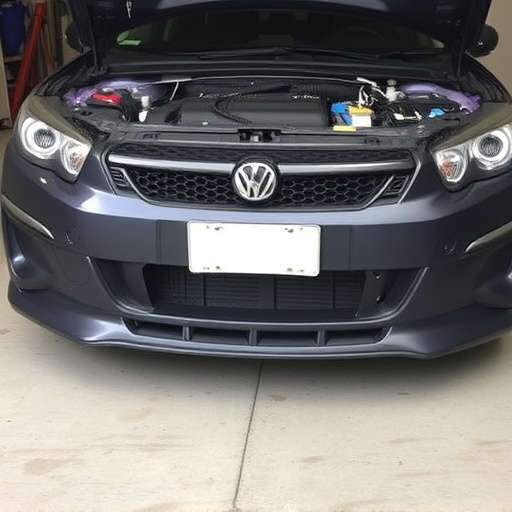
Regular car polishing is a common practice to enhance the exterior look of vehicles, but it differs significantly from paint finish restoration. This process involves several steps, typically starting with washing and decontaminating the vehicle’s surface to ensure a clean canvas. Then, using various abrasives and polishes, the detailer will meticulously buff out swirls, scratches, and imperfections, revealing a glossy finish. While effective for minor defects, regular polishing has limitations. It may not be able to restore heavily damaged or faded paint, nor does it address structural issues like dents or cracks in the body panels.
In a vehicle body shop, car restoration goes beyond polishing. It entails a comprehensive process of repair and rejuvenation, focusing on returning the vehicle to its original condition or even improving upon it. This includes not just the exterior but also addressing internal components, ensuring that every aspect is meticulously inspected and fixed if needed. In contrast to regular polishing, paint finish restoration aims to revive the entire aesthetic and protective layer of a car’s body, as well as fix any structural damage, making it a more extensive and transformative process in vehicle collision repair.
Comparing the Two: When to Choose Which for Your Vehicle
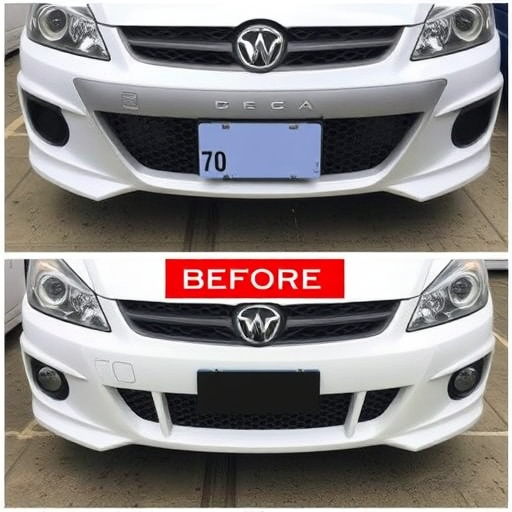
When deciding between paint finish restoration and regular car polishing for your vehicle, understanding the differences is key. Paint finish restoration involves repairing and rejuvenating the existing paint job to its original condition, addressing issues like scratches, swirls, and fading. This process often requires sanding, priming, and repainting specific areas, making it ideal for extensive damage or a complete makeover.
On the other hand, regular car polishing focuses on enhancing the gloss and protection of the paint without fixing deep imperfections. It involves buffing the surface with polishing compounds to smooth out minor scratches and achieve a high-luster finish. Polishing is suitable for vehicles with light wear and tear, aiming to maintain or refresh the existing paint while not altering its integrity. In terms of cost and time investment, paint finish restoration tends to be more extensive, while polishing offers a quicker, less invasive solution for maintaining a vehicle’s exterior.
When it comes to caring for your vehicle’s exterior, choosing the right finishing treatment is key. Paint finish restoration offers a deep clean and repair solution, ideal for damaged or aging paint jobs. On the other hand, regular car polishing provides a superficial shine but doesn’t address structural issues. Understanding these distinctions helps in making an informed decision tailored to your car’s needs. For minor scratches and dullness, polishing suffices; yet, for significant repairs and a complete makeover, restoration is the superior choice.
